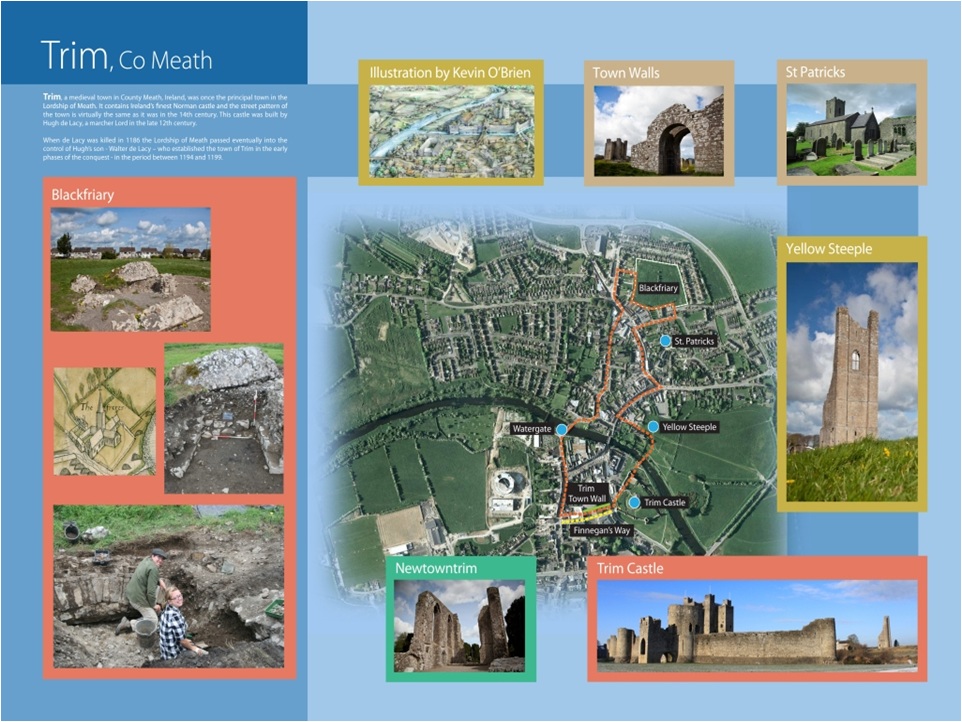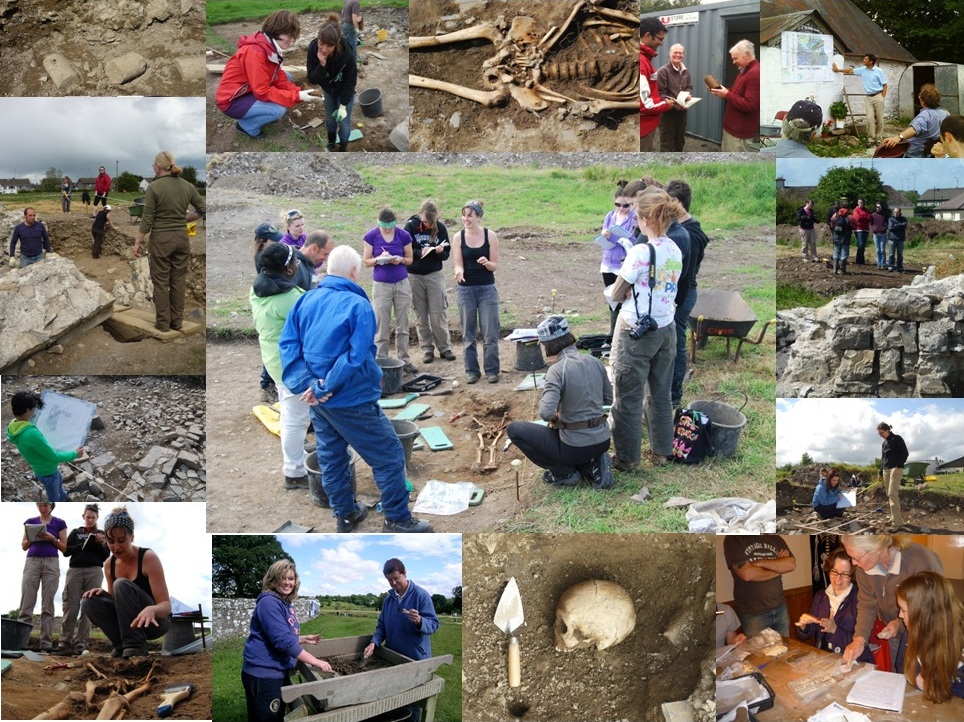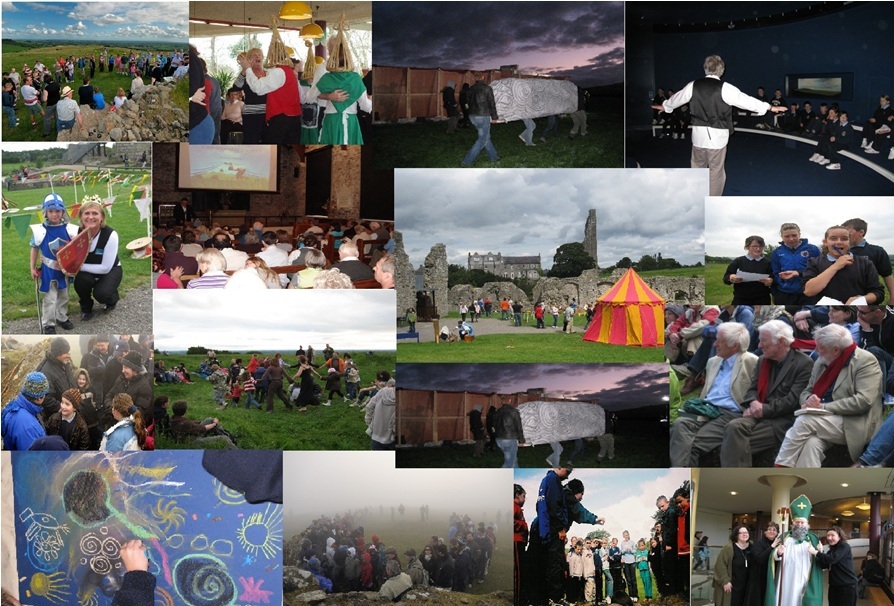The Blackfriary Community Archaeology Project – a Model CHAT
Project summary
The Blackfriary project is an initiative of the Irish Archaeology Field School and Cultural Tourism Ireland,working in partnership with the local community, local businesses and local government authorities. The project is a pilot for a movement called CHAT (Cultural Heritage Amenity Towns) that aims to use Ireland’s greatest assets, its culture and its people, to build cultural heritage and amenity projects. CHAT aims to provide a new vehicle for an innovative and sustainable tourism and education based economy based on engagement by local communities with their heritage.
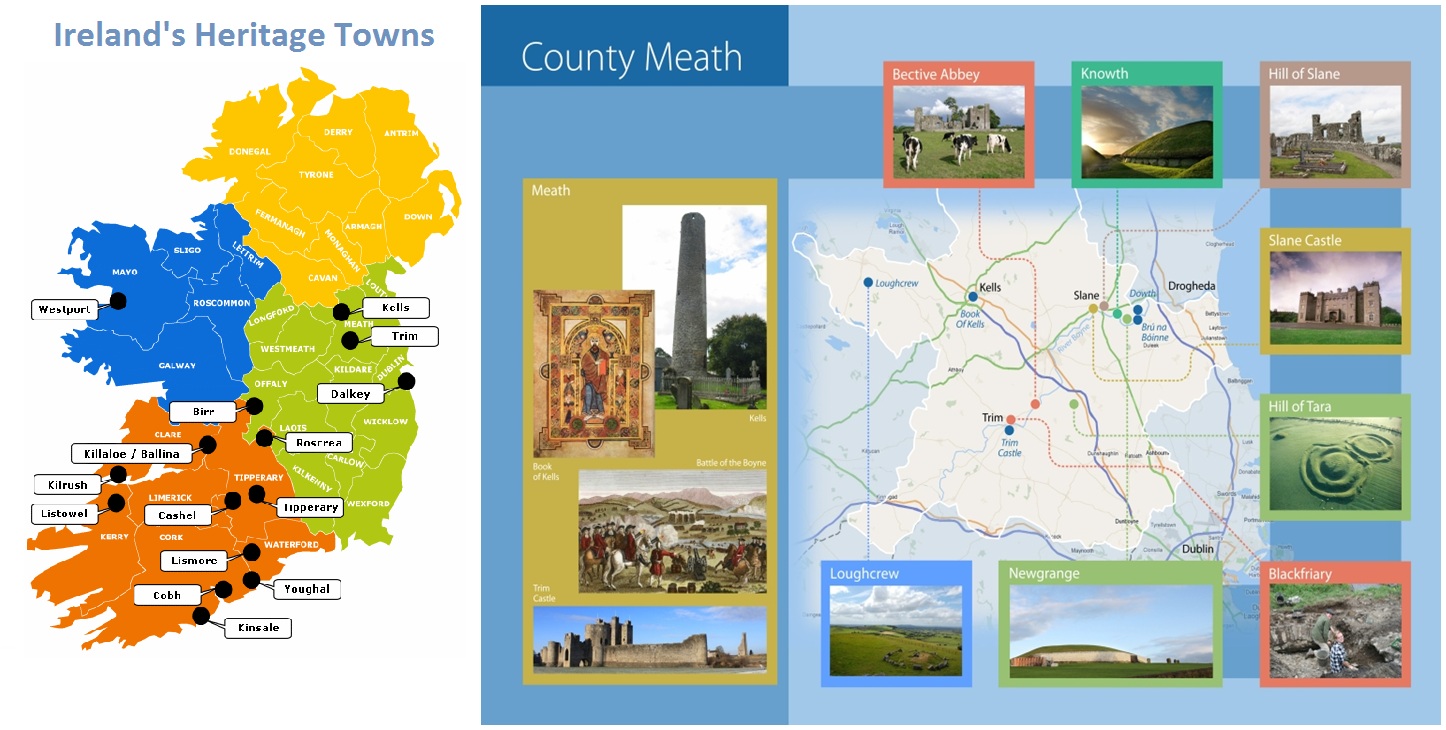
There are numerous small towns in Ireland that have heritage at their core. Whilst some of these towns recognise the potential of cultural heritage in terms of attracting visitors, few have managed to exploit this wonderful resource to its potential. Heritage areas in many of our historic towns have become at best underutilised, at worst derelict, due to a combination of factors such as a lack of resources and a diminished sense of ownership of them. The Blackfriary is located on the northern side of the River Boyne in the town of Trim, Co. Meath. The site, which is in the ownership of the town council, is the location of the ruins of a Dominican Friary founded in the 13th century. It is located within a field of about 2 hectares (4 acres) bounded on all sides by houses and to the southwest by a supermarket. The field is currently covered in grass and scrub. A bank and ditch runs north-south through the centre of the site, and may mark the limits of the Friary precinct (to the west) while the eastern portion of the site was associated small fields or kitchen gardens.
The name ‘Black Friary’ comes from the Dominican order and the Friary was founded by Geoffrey de Geneville, Lord of Trim, in 1263. Despite centuries of neglect, the ruins of the friary remain largely intact as a series of hummocks, or low mounds, below the current surface. Unfortunately, prior to the intervention of the project partners, over the past number of years the site at Blackfriary had become a wasteland. It had become overgrown and unsightly, and the focus of anti-social behaviour.
The challenge is to ensure the preservation of these archaeological and architectural remains as a legacy for the enjoyment of the local community for generations to come. The project consists of the two main components, the preservation of the archaeological and architectural heritage, and the transformation of an urban green-space in to an amenity.
The archaeological and architectural heritage component of the project is centred on undertaking a research excavation at the site over a 10-15 year time frame, including:
- Uncovering and preserving the archaeological and architectural remains of the Friary to further our understanding of this period of history,
- Providing training for a generation of archaeologists from Ireland and around the world,
- Engaging the local community in a positive way by encouraging active participation in the research,
- Attracting enthusiasts who wish to re-engage with their ‘inner archaeologist’, by facilitating their participation, not just as observers, but as excavators as well.
The transformation of the site in to an amenity for the town and visitors
How the total space is used will evolve from the wishes of the local community and the need to preserve and protect the archaeological and architectural remains of the Friary. The vision of CHAT is for the inhabitants of Trim to see the Blackfriary site as an asset and compatible with community use. In the future, we hope this model can be extended to historic towns throughout Ireland.
Awards
The project has already received widespread recognition in Ireland and internationally, including:
- 2013 – Included in Keith Bellows (Editor of the National Geographic Magazine) book ‘100 Places That Can Change Your Child’s Life: From Your Backyard to the Ends of the Earth’
- 2012 – Winner of the Small Business Marketing Award in the 2012 Meath Business and Tourism Awards
- 2012 – Awarded an honorable mention in the Educational Travel Community’s 2012 Responsible Tourism Showcase Awards
- 2011 – Showcased at the Archaeological Institute of America Gala in New York in April 2011 and awarded recognition and funding under the Institute’s Site Preservation Program
- 2010 – Shortlisted to the final 25 of over 9,000 entries in Ireland’s 2010 Your Country Your Call competition.
Heritage – Research and Site Preservation
The archaeological and architectural works are being undertaken under Ministerial Consent, and include rigorous scientific method statements outlining the work being undertaken, season by season. The funding received from the Archaeological Institute of America is currently being utilised in the preparation of an architectural conservation management plan for the preservation of the site.
The Irish Archaeology Field School has established an academic committee to guide the research agenda of the project. The committee consists of:
- Dr Conor Brady (DKIT) – Archaeology
- Prof. Gabriel Cooney (UCD) – Archaeology
- Aislinn Collins (CRDS) – Architectural Heritage & Research
- Dr Steve Davis (UCD) – Environmental Analysis
- Dr Loreto Guinan (MCC) – Archaeology
- James Howley (Howley Hayes) – Architectural Conservation
- Dr Stephen Mandal (IAFS) – Facilitator
- Bairbre Mullee (IAFS) – Secretary
- Dr Michael Potterton (UCD) – Archaeology
- Kevin O’Brien (OPW) – Architectural Heritage
- Fin O’Carroll (IAFS) – Excavations Director
- Dr Aidan O’Sullivan (UCD) – Archaeology
- Prof. Rachel Scott (ASU) – Osteoarchaeology
Community involvement
The local community have bought in to the project, and have been hugely supportive. Having excavated in the town on various commercial projects, the project leaders have developed a high profile and excellent working relationship with the local community and local authorities.
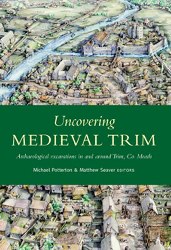 In 2008, in partnership with Meath County Council (through Dr Loreto Guinan, Heritage Officer), we organised a conference on the archaeological excavations that had been undertaken in the town over the previous decades. The invited speakers were given the remit of tailoring their talks to the general public as opposed to an academic audience. The conference was hugely successful and achieved maximum attendance, and resulted in the publication (with funding from the Heritage Council) of a book on the proceedings of the conference entitled Uncovering Medieval Trim in 2009.
In 2008, in partnership with Meath County Council (through Dr Loreto Guinan, Heritage Officer), we organised a conference on the archaeological excavations that had been undertaken in the town over the previous decades. The invited speakers were given the remit of tailoring their talks to the general public as opposed to an academic audience. The conference was hugely successful and achieved maximum attendance, and resulted in the publication (with funding from the Heritage Council) of a book on the proceedings of the conference entitled Uncovering Medieval Trim in 2009.
This set the scene for the launch of the Blackfriary project in 2010. Since that time, in addition to over 75 students from around the world, local people have participated in the excavations as volunteers.
A Blackfriary Community Committee was set up in 2011 and meets regularly to discuss the project and its development in the town. The committee consists of the following, and will be expanded to include local residents over time:
Committee Member – Role
- Cllr Jimmy Fegan – County Councillor
- Noel French – Genealogist and Local Historian
- Dr Loreto Guinan – Heritage Officer for Co. Meath
- Brian Heffernan – Tidy Towns Chairman
- Mary Lydon – Local Accommodation Provider
- Dr Stephen Mandal – Facilitator
- Bairbre Mullee – Secretary
- Fin O’Carroll – Excavations Director
A number of community events have been organised for the project. In September 2011, with the support of Meath County Council and the Blackfriary Community Committee, a community day was organised on site. This consisted of an archaeology fun camp for kids and walking tours of the archaeological excavations. The event was hugely successful and very well attended and greatly raised the profile of the project. The site was also opened for tours and kids archaeology camps during Heritage Week 2011. Again, these were very well attended and hugely popular events.
In May 2012, the project commenced a community heritage awareness survey to measure the level of awareness of the people of Trim town to the project and to investigate after a series of awareness raising strategies whether knowledge of the site has been raised resulting in the development of an effective model for public engagement with community archaeology. A series of events have been organised for the 2012 season to help raise the awareness of the project, including a formal launch of the excavation season (and public lecture) on 8th June, a public lecture series in June-July, and a community open day on 23rd July.
Long-term benefits of the project
This project is facilitating the redevelopment of the site, which has great amenity potential.

Through the Irish Archaeology Field School (which aims to bring over 1000 students to the town over the next 10-15 years with an average stay of four weeks), and Cultural Tourism Ireland (which aims to bring many thousands of heritage enthusiasts to the town to view and participate in the archaeological research project). On a small scale, we are building a small, sustainable business based on education and cultural tourism. It is likely to generate direct long term employment for 10-15 archaeologists and support staff.
However, the true value of the project is the lasting legacy it will leave the people of Trim. There is the economic gain of bringing large numbers of people to the town to stay in local accommodation, eat and drink locally and avail of other attractions. There is the immeasurable value of transforming a once run down and misused site in to a tourist attraction and local amenity, managed by the local community, for the local community. By extension existing businesses can thrive, and new businesses can start and grow, for example, restaurants and other cultural heritage attractions such as music and literature.
As noted above, to date over 75 students from the US, Canada, Australia and Europe have participated the excavations. In 2012 over 200 high school students will visit the site and participate in the transformation of the site. From 2013, the project will welcome a number of educational tour groups as part of extended holidays in the region.
Communicating the project
Communicating the archaeology, heritage and amenity value of the Blackfriary at all levels is an integral aim of the project.
At an academic level, an international medieval conference is being organised for 2013, to coincide with the gathering, and the 750th anniversary of the founding of the Dominican friary. In 2012 the project was listed under the US RPA (Register of Professional Archaeologists) register of approved projects.
As noted above, the community awareness of the project is being monitored and a number of events have been organised to raise the awareness and interest within the local community of the project.
The project organisers have undertaken lecture tours in the US, and have attended numerous educational travel shows and trade events to highlight the project, and have won several awards as a result.
The project maintains a very active social media presence:

